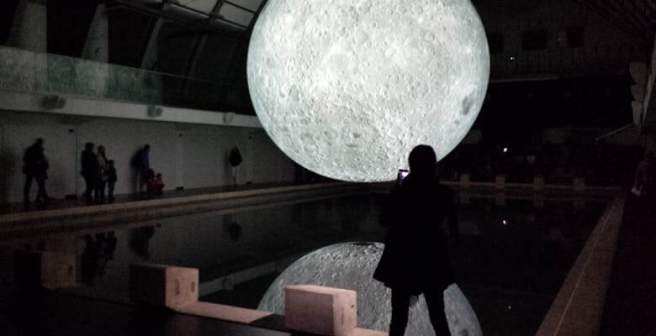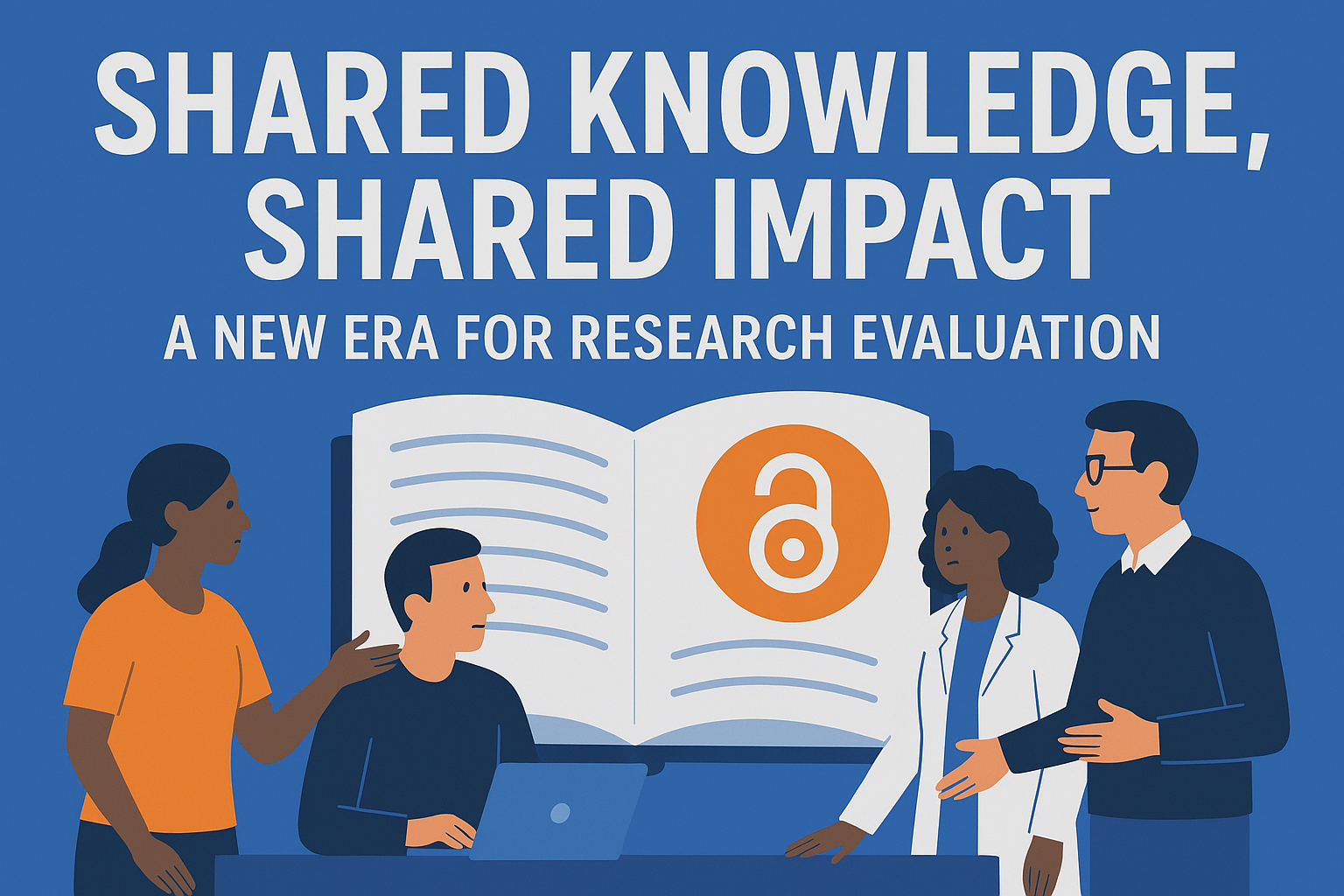How museums shape research and public perception: International Museum Day

On May 18 each year, museophiles worldwide celebrate International Museum Day, recognizing the contributions museums make to society. We all know of museums as places of curiosity and wholesome family fun, but this celebration is also significant for researchers, for whom museums can be a treasure trove of knowledge, inspiration, and collaborative opportunities. This article explores the roles of museums in research, highlighting their importance in advancing knowledge and fostering public understanding.
The power of museums
I have fond childhood memories of visiting Kennedy Space Center in Florida, the USA. If you find yourself in central Florida, it’s a “don’t miss.” Not only did I get to see enormous machines like an actual Saturn V rocket and enjoy immersive experiences like a launch simulation in the firing room, I also listened to an American astronaut who had been aboard the Mir space station talk about space flight in an informal Q&A session. I might have been too shy to ask any questions, but seeing him “in the flesh” and hearing his story gave me an appreciation of the people behind the scientific marvels of the NASA and Soviet space projects.
Museums don’t deserve the reputation of being dusty repositories of artifacts in glass cases; they are dynamic institutions that support or even conduct research across disciplines. They communicate complex information to diverse audiences and preserve the shared cultural and scientific heritage of humanity.
Museums as research hubs
Museums play pivotal roles in supporting research by cataloging and providing access to vast collections of artifacts, specimens, and archival materials that often cannot be found elsewhere. These collections serve as primary sources for many disciplines, from human-focused fields like anthropology and history, to natural ones such as paleontology and botany. Many researchers rely on museums to study physical objects that cannot be replicated in a laboratory or found in the field. As such, many museums have in-house research fellows who study their huge collections.
Case Study: The Smithsonian Institution as a research center
The Smithsonian Institution, which describes itself as “the world’s largest museum and research complex,” exemplifies the integration of research and public education. Consisting of 19 museums, 21 libraries, 9 research centers, and a zoo, it offers researchers extensive collections and cutting-edge facilities. For example, its National Museum of Natural History alone houses over 148 million specimens and artifacts, making it an unrivaled resource for researchers studying biodiversity and evolution. The Smithsonian’s commitment to research is further demonstrated by its various paid fellowship programs spanning many disciplines.
Museums going digital
Technology has revolutionized how museums support research. Digitization of archived documents, 3D scanning, and virtual/augmented reality technologies now allow researchers to access and analyze artifacts remotely, breaking down geographical barriers. Nowadays, researchers can conduct preliminary studies online before visiting physical sites. Furthermore, these projects allow many researchers to access the same resources concurrently without any worry of damaging fragile artifacts or manuscripts.
Case Study: The British Museum’s digitization efforts
The British Museum’s digital collection, for instance, provides unbridled online access to millions of objects, including detailed descriptions and high-resolution images, facilitating global research collaborations.
Museums as centers of knowledge communication and outreach
Museums excel in public engagement. By presenting engaging and educational exhibits, they can translate complex research to audiences who might otherwise never encounter these ideas, bridging the gap between academic research and public understanding. Through interactive displays and multimedia presentations, museums make research findings accessible and interesting to a broad audience.
Besides their exhibits, museums also offer numerous educational programs that benefit both researchers and the public. Workshops, lectures, and seminars provide opportunities for researchers to share their work and receive feedback from peers and the public, allowing researchers near-unparalleled face-to-face engagement with diverse audiences.
Finally, museums can help foster a new generation of researchers and informed citizens by developing curriculum materials that integrate museum resources into education.
Case Study: Education support by the New York Metropolitan Museum of Art
“The Met” has great portals for both teachers and families, which highlight its efforts to engage and inform. As well as curriculum materials and videos that any teachers can use, they offer workshops for researchers, such as this recent conference-style event on visual approaches to thinking in science, which included researchers and artists as participants.
Tips for researchers
If you haven’t made use of museums and their collections in your research, there are several ways you can benefit from doing so:
1. Networking and collaboration
Building relationships with museum curators, archivists, and fellow researchers can open doors to exclusive collections and collaborative projects. Participating in museum-organized conferences and symposia can also provide valuable networking opportunities. Consider looking up museums relevant to your discipline and seeing what events they offer.
2. Utilizing digital resources
Many museums offer extensive digital archives that can be accessed from anywhere in the world. Researchers should take advantage of these online databases to conduct preliminary research, identify relevant collections, and plan their visits effectively. Aggregation sites like Europeana and the Digital Public Library of America provide access to millions of digitized items from hundreds of museums, making discovery even easier.
3. Joining public programs
Attending museum lectures, workshops, and exhibitions can provide fresh perspectives and inspire new research ideas. These programs often feature leading experts and offer insights into current trends and discoveries in various fields.
4. Applying for research fellowships
If you’re looking for a refreshing new step in your academic career, how about becoming an in-house research fellow? Many museums offer fellowships and grants with funding, access to collections, and opportunities for interdisciplinary collaboration.
Conclusion
International Museum Day highlights the profound yet often overlooked impact museums have on research and public education. Despite the popularization of the Internet, there’s something irreplaceable about a good museum. By preserving artifacts, supporting scholarly inquiry, and engaging the public, museums play a crucial role in advancing our understanding of the world.
Now if you’ll excuse me, I’ve just found a rather nice toy museum to take my kids to this weekend.







